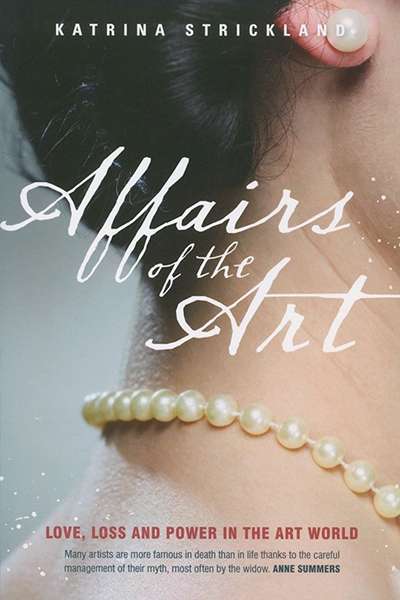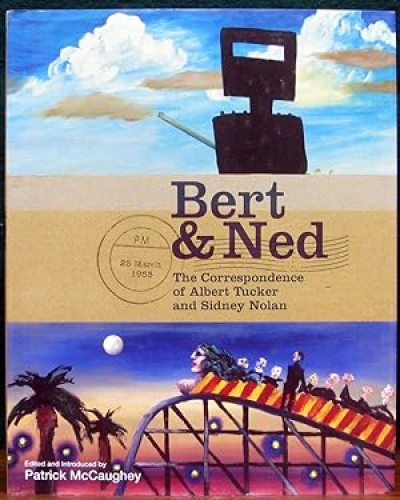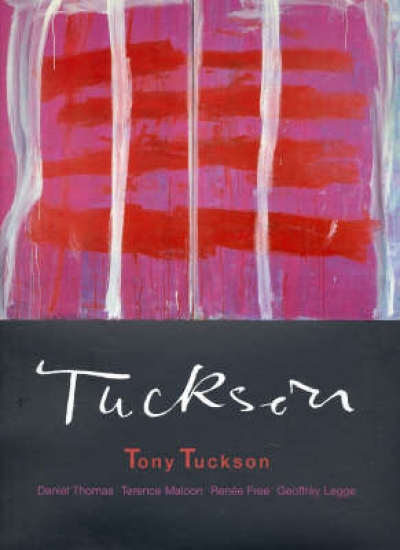Mary Eagle
Strange Country: Why Australian painting matters by Patrick McCaughey
by Mary Eagle •
Turner from the Tate: The Making of a Master edited by Ian Warrell
by Mary Eagle •
Turner to Monet: The triumph of landscape painting edited by Christine Dixon
by Mary Eagle •
Ochre And Rust: Artefacts and encounters on Australian frontiers by Philip Jones
by Mary Eagle •
Bert & Ned: The correspondence of Albert Tucker and Sidney Nolan edited by Patrick McCaughey
by Mary Eagle •










